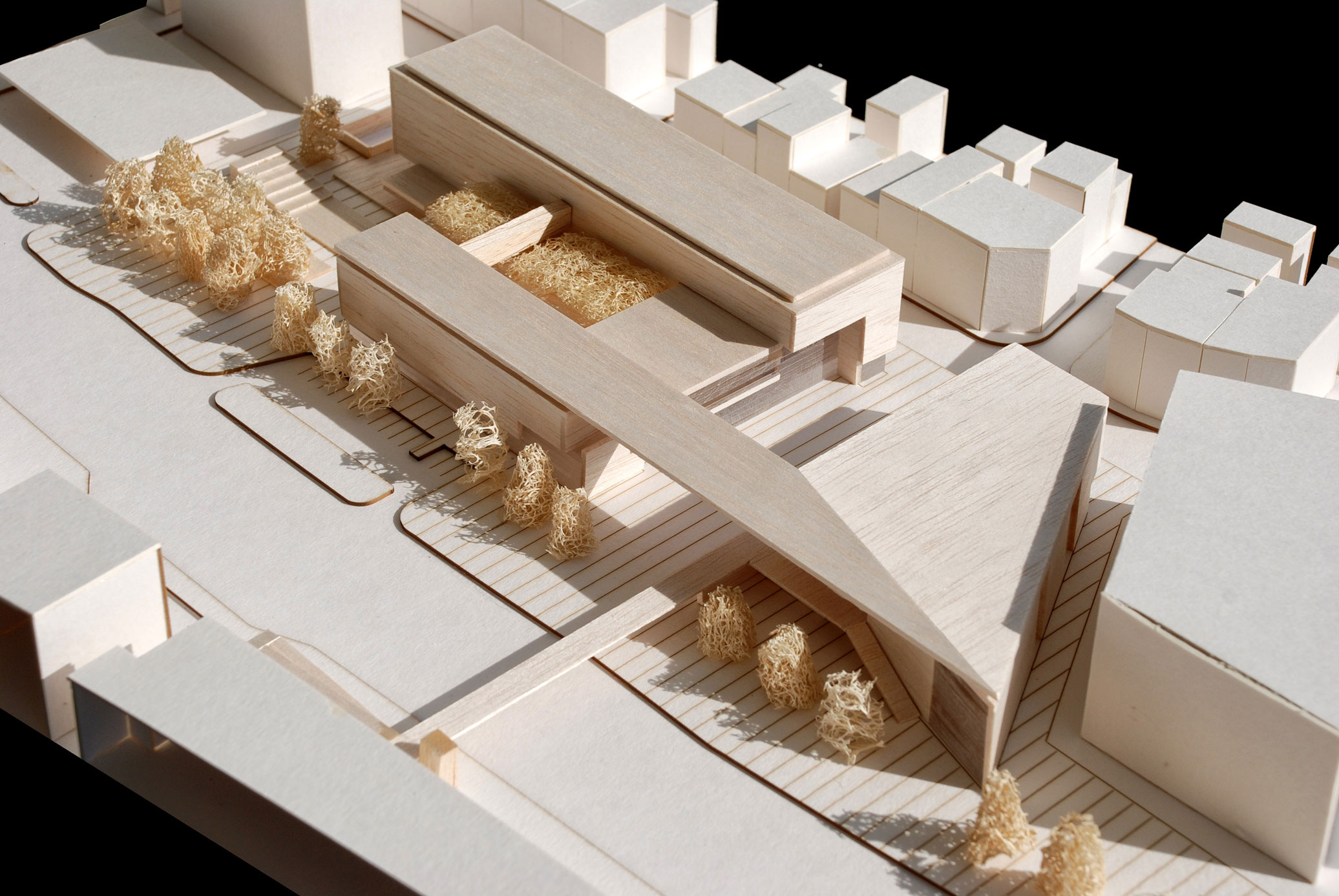Realistic models are the preferred presentation method for 360-degree tours and 3D visualizations. Just like in model making, the model builder meticulously replicates all parts using software and skill.
A realistic model accurately represents the original object or building in terms of volume, composition, and function. Realistic models encompass architectural, geographical, and prototyping models. These models can be used for advertising or official validation purposes. These model reproductions can satisfy clients who want a realistic preview of the model.
In creating the most accurate representation, laser cutting machines and 3D printers are employed in the construction of the model. The designer benefits from an extensive library of objects and patterns.
Realistic Real Estate Models
Furthermore, one can create a photorealistic image of a property to present it online. The perspectives depicted in the model allow the audience to understand the structure and operation of the building. Realistic models also account for shadows and lighting effects.
Terrain Models
To create a realistic terrain model, comprehensive data or contour lines are used to accurately depict urban or geographic objects. This includes villages, hills, mountains, roads, and locations. A realistic model can help assess traffic flow and the accessibility of the area. These models also simulate the ongoing impact of floods or erosion.
Commercial Use and Prototyping
To maintain the authenticity of the model, mechanical functions are added that operate the device. A realistic model can provide features that allow interaction with the customer. The model is a tactile introduction tool and should be as effective as possible.





